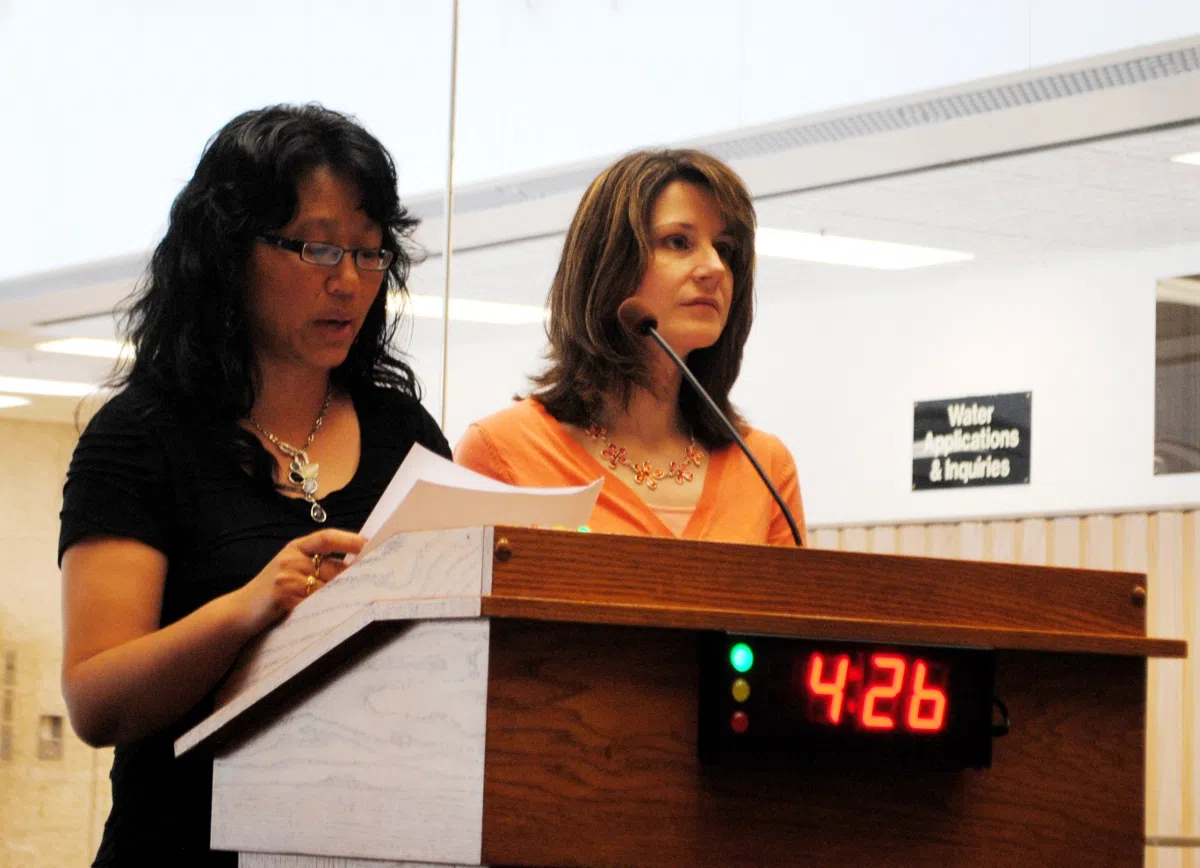
POLL: Bus arm ban to remain in place
City council has voted to keep the ban on the use of bus stop arms within Prince Albert in place, denying a request by petitioners to repeal the near three-decades old bylaw on Monday.
Bylaw No. 54 of 1983 prohibited the use of the flashing, extending stop arms on the sides of school buses to bring traffic to a stop when a child is let off the bus. While the city is upholding the bylaw, it’s also going to ask the school boards to change their routes to prevent children from having to cross the street.
Coun. Martin Ring moved the motion to keep the bylaw in “full force and effect,” as per the recommendation outlined in a report submitted to the executive committee by public works director Colin Innes on May 16. But, when putting the motion forward, he attached the rider asking for the school boards’ involvement.
“Let’s go back to the school boards, and let’s ensure that they are going to put those rules in place and have their bus routes re-designed so children do not have to cross that street when catching that bus,” he said.


